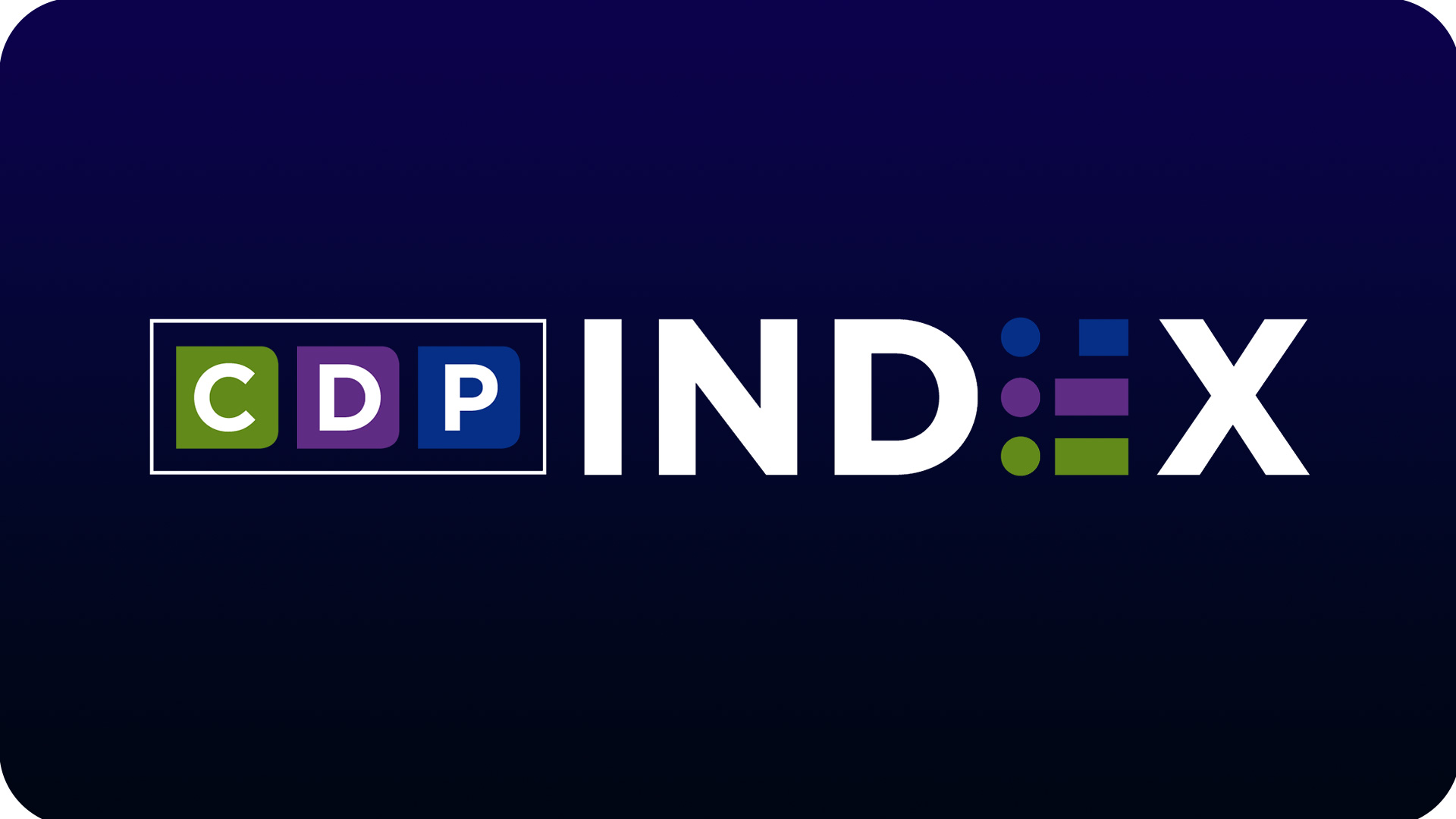Seven rules for station execs to succeed in fundraising
More than a decade ago, I was appearing on-air during a television pledge drive when a phone bank volunteer said a caller on his line insisted on talking to me. I picked up the phone with some trepidation and — sure enough — a WXXI member complained angrily about getting too much direct mail. He was especially upset because he had received a letter inviting him to join WXXI when he was already a member. I apologized and, to make up for his inconvenience, invited him to lunch and a tour of the station. He accepted, and took a bus to the station (he didn’t drive) to meet with me. Afterward he began increasing his gifts.
Today, this gentleman, a retired writer for a trade journal, is the third largest donor in WXXI’s history and a valued member of the station family. He went from being a midlevel donor to a major giver, contributing well over $1,000 annually.
During our capital campaign for WXXI’s digital conversion, this donor surprised us by casually saying he wanted to give us GE stock. This gift turned out to be more than 10,000 shares, with a value of nearly $350,000. Later, he surprised us again by making WXXI the sole beneficiary of his estate, one of the largest gifts ever to our stations. And he never asks for recognition, which is why I can’t name him.
I learned something very important from that experience: “A mistake should be an opportunity to get to know someone better.” It’s one of “Seven Rules” I’ve developed over the years — “Norm’s Rules” — to keep myself on track as a fundraiser.

Silverstein, president of Rochester’s WXXI, stopped feeling awkward about asking for gifts from donors he considers to be friends after one told him, ‘Your friends want you to succeed.’
The capital campaign raising funds for WXXI’s digital television transition and radio studio renovation was one of the first major tasks I took on after arriving at WXXI. The consultant who conducted a feasibility study for that campaign reported both good news and bad news about our prospects. On the up side, she said that WXXI tested better in the community than any public station they ever worked with; but the bad news was, our board wasn’t engaged in fundraising, and potential donors said they didn’t know me well enough to be comfortable making a significant gift.
We were able to address those problems. With the help of a new fundraising board and the time I spent getting to know each of our donors personally, we exceeded our goal by more than $2.5 million. When we finished the campaign, we decided to build on our success by taking part in the first CPB major-giving initiative.
For station executives looking to become more involved in major-gift fundraising, I’m confident that my Seven Rules will help you elevate your role as a chief exec and as a fundraiser.
Rule #1: It’s all about relationships
“People write checks to people, not to organizations.” This may sound counterintuitive to public broadcasters, who believe that thousands of listeners and viewers are motivated to support your station financially because they love Morning Edition or PBS NewsHour. You can’t possibly meet all of these supporters. But major donors — those who contribute $1,000 or more on an annual basis — have high expectations. They want to know the leadership of the organization. They want you to earn their trust, and they want assurances that their gifts will be well-stewarded. If you get to know your major donors, it will be one of the best investments of time you can make.
Rule #2: Develop a “Top 20” list
This is more of a tactic than a rule, but it’s easy and it works. Can you name the top five donors to your organization, or the top 10? Even your major-giving officer may find it difficult to name more than a handful.
Find out who your biggest contributors are, and don’t stop at 10 donors. Make a list of the top 20, and put it someplace where you’ll be sure to see it every day. I put mine on the inside of my coat closet.
The list serves as a constant reminder to regularly touch base with your supporters. Call and just ask how they’re doing — but don’t ask for a gift. The donations will take care of themselves. Remember — these are people who have already made major commitments in you and your station. They usually are very interesting people, and I love to hear their stories.
Rule #3: Turn your mistakes into opportunities
This gets back to my story about the angry member who became a major donor. We all make mistakes in our interactions with donors; it’s how you recover from them that determines whether you lose a supporter or make a friend for life.
Shortly after I arrived at WXXI, more than 15 years ago, we aired a documentary about a prominent inventor in Rochester. Unfortunately, the description in our monthly program guide misprinted his first name; his daughter, a very important local philanthropist, was justifiably angry. I sent a bouquet of flowers and extended an invitation to lunch so that I could apologize in person. Eventually this philanthropist became a major donor to the station — and she remains a close personal friend to this day.
Rule #4: Your major donors want you to succeed
During our last capital campaign, I was trying to muster the courage to ask a major donor to make a significant gift, and was stumbling as I attempted to make the case for the campaign.

WXXI recently celebrated a gift from Robert Stevens, pictured at right with Silverstein; his contribution established a program endowment for the station. Stevens and his late wife, Jane, were founding members of WXXI. (Photo: Courtesy WXXI)
In a later conversation with the same donor, I admitted that it was hard to ask her for money because I considered her a friend, and felt awkward asking a friend for such a large gift. She said my logic was backwards: I should be the most comfortable asking friends for support “because your friends want you to succeed.”
Those few words of advice gave me much more confidence as a fundraiser, and it’s something I’ve said to colleagues who expressed reluctance about asking donors they considered friends for gifts.
Rule #5: Don’t let the “Fear of No” paralyze you
Remember, if you don’t ask for money, you don’t get it. You can always find a reason to not make a call, to not set up a meeting, to not make an ask — “The timing’s not right,” or “The donor just made a commitment to another organization.”
Don’t assume that your donors know your needs, or that they’ll include you in their estate plans. It’s better to make the ask, even if the answer is “no,” especially since the answer may really be “no, for now.” Stay positive, and ask if you can come back at a later date with another proposal. You’ll rarely get a turndown, and the next meeting may be the one that ends with a major commitment.
Rule #6: Start a planned giving program — now!
If you don’t already have a planned giving program, you’re not only leaving money on the table, you are jeopardizing the future of your organization.
WXXI had a nascent planned giving program in place when I arrived here. We built on it, naming our legacy society after a founding trustee who left the station its first major bequest.
Members of our legacy society receive the same benefits as major donors, including invitations to events and personal contact with the staff. Currently, more than 250 people have notified us that they’ve made a planned gift to WXXI; we learn of new bequests or legacy society members nearly every week.
In the past decade, we’ve received bequests totaling more than $7.1 million. These gifts helped us build an endowment and pay down debt. Like colleges, our board permits us to take 5 percent a year toward operating expenses.
At WXXI, we use our own airtime to let viewers know that we are a “giving destination.” A testimonial from someone who has remembered your station by including you in their estate plans is a great place to begin!
Rule #7: It starts with the board
While having the “right board” doesn’t necessarily ensure success, having the “wrong board” will make your job much more difficult and may doom you to failure.
What are the qualities of the “right board”? Its members share your passion for the mission of public broadcasting and understand your need for financial support.
Fundraising guru Kay Sprinkle Grace talks about “Triple A Boards” made up of ambassadors, advocates and, when appropriate, askers. The c.e.o. of a community licensee should always strive for a Triple A Board. State and institutional licensees can supplement appointed boards with high-level advisory committees made up of business and community leaders. The goals for recruitment should be to build an engaged board — one that works in partnership with the c.e.o. to ensure the success of the station, financially supports the station’s mission and provides leadership in fundraising to the community at large.
Whether your title is c.e.o., general manager or executive director, your actual job is to deliver as the chief development officer (c.d.o.) of your station. You may work with a vice president of development or a director of major giving, but the station’s top executive is the face of the organization. You don’t compete with your development staff: You mentor them, and bring them in for some of the bigger asks. In the end, such teamwork helps them succeed and creates a sustainable development operation.
A good deal of your time — more than 50 percent if you’re in a capital campaign — has to be dedicated to fundraising. If you can, organize your leadership team so that you step back from the day-to-day operations.
While there’s no magic number for the amount of time you should spend on development (and I include advocacy for continued government support part as of development), it’s probably more time than you are dedicating to it now.
The weak economy, the increase in the number of nonprofits competing for scarce dollars and the pressure on governments to reduce spending have all played a role in redefining the chief executive’s role in fundraising. At the same time, the transfer of wealth between generations is opening up new opportunities for planned giving and endowment building; both of these philanthropic activities are driven by relationships. You don’t have to follow every rule, but if you develop your board, make your own top 20 list and start or step up your planned giving efforts, you should see positive results.
Of course, the c.e.o. still needs to set the vision for the organization, work closely with the board and provide leadership to the staff. By adding fundraising to that priority list, a chief executive can ensure success today — and a brighter future for public media.






